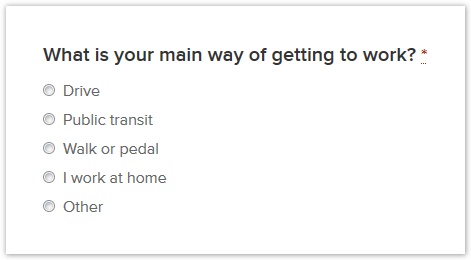As mentioned in How many participants?, the tree we’re testing may serve more than one user group. As discussed in Different tasks for different user groups in Chapter 7, there are two basic methods to testing multiple types of users:
If we’re running a separate test for each user group, the test design is simple – we have our tree and a list of tasks that are aimed at that user group.
To recruit for this test, we would typically identify qualified participants first, then point them to the study. In other words, the qualifying step would be done before they start the test. For more on this, see Screening for specific participants later in this chapter.
If we’re targeting several user groups with the same test, we first need to make sure that each user group can reasonably perform the tasks we’ve set. For more on this, see Different tasks for different user groups in Chapter 7.
Because they’re all doing the same test, we need a way to identify each participant’s user group. This is usually done by adding a survey question to the test. Later, when we’re analyzing the results, we can filter them by this question to compare between the user groups.
Here’s a typical survey question that identifies the participant’s user group:

Note that, like any survey question, it should:
Sometimes, it may not be possible for a single question to determine the user group. If the testing tool lets us filter results based on combinations of survey questions, we can use 2 (or even 3) questions to determine the user group.
For more on how to filter results by user group, see Analyzing by user group or other criteria in Chapter 12.
Next: Using web ads